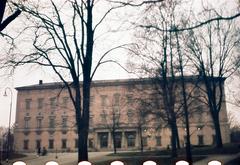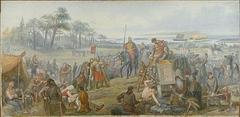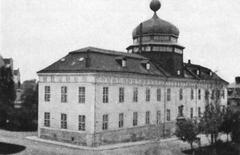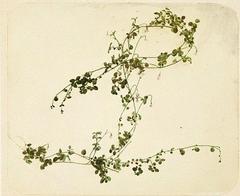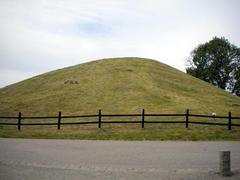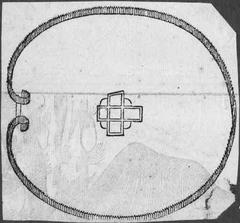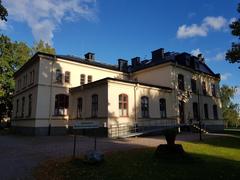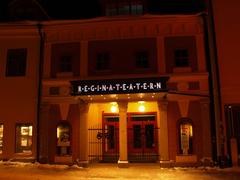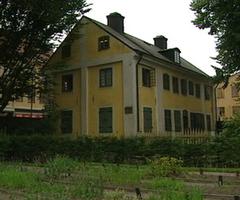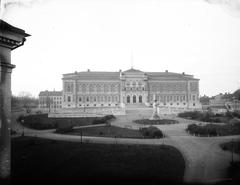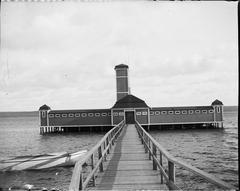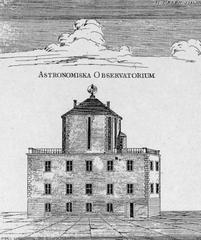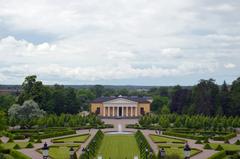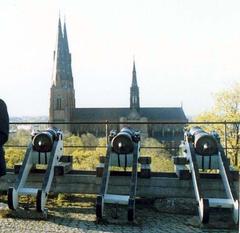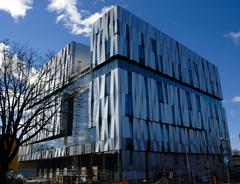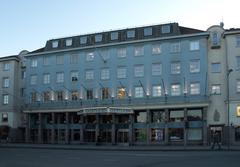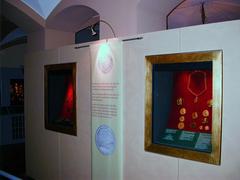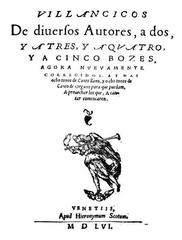
Rådhuset Uppsala: Visiting Hours, Tickets, and Travel Guide
Date: 04/07/2025
Introduction
Rådhuset, Uppsala’s historic Town Hall, stands as an enduring symbol of the city’s civic heritage and architectural grandeur. Located in the heart of Stora Torget, this iconic building has evolved from its 17th-century origins as a private palace into a vibrant center for culture, commerce, and community. Today, Rådhuset welcomes visitors to explore its preserved vaulted cellars, elegant assembly halls, and richly detailed interiors, offering a window into Uppsala’s political and social history. This travel guide provides comprehensive information on visiting hours, tickets, accessibility, guided tours, and practical travel tips—ensuring you make the most of your visit to this remarkable landmark (Uppsala Rådhuset, Wikipedia; Castellum; Uppsala Life).
Table of Contents
- Origins and History
- Architectural Evolution
- Visitor Information
- Civic and Cultural Significance
- Notable Events and Milestones
- Frequently Asked Questions (FAQ)
- Preservation and Modern Use
- Practical Contacts and Resources
Origins and History
Constructed in 1645 by Claes Edenberg, Rådhuset was initially a private urban palace. Its robust brick construction, laid upon granite and wooden piles, and the preserved 17th-century vaulted cellar, connect visitors to Uppsala’s early modern era. In 1710, the building was repurposed as the official town hall, serving as the seat of administration and the city court for over 250 years (Uppsala Rådhuset, Wikipedia).
Architectural Evolution
17th–19th Century Transformations
Between 1885 and 1886, architects Herman Holmgren and Carl August Kihlberg remodeled Rådhuset in a neo-Renaissance style. The light-colored plaster façade, decorative stucco, and granite base reflect the civic aspirations of the time. Interior renovations included a grand assembly hall and smaller courtroom, reinforcing the building’s role at the heart of Uppsala’s governance (Uppsala Rådhuset, Wikipedia).
20th–21st Century Adaptations
By 1964, municipal functions had moved to a new stadshus, and Rådhuset was gradually vacated. Following a period of transition, the building was repurposed in 2012 as a retail and dining destination, and later, as a modern coworking hub operated by United Spaces from 2020. These adaptive uses have preserved Rådhuset’s historical character while integrating it into contemporary urban life (Uppsala Life; Castellum).
Visitor Information
Visiting Hours and Tickets
- Opening Hours: Monday to Friday, 9:00 AM–5:00 PM. Retail and coworking areas may have extended hours; check the official website for details.
- Entry Fees: Free admission to public and retail areas. Guided tours require tickets (typically 100 SEK), available online or at the visitor center (Destination Uppsala).
Accessibility
Rådhuset is fully wheelchair accessible, with ramps, elevators, and accessible restrooms. Assistance is available upon request.
Guided Tours and Events
Guided tours are offered seasonally (primarily in summer) or by arrangement, providing insight into Rådhuset’s history, architecture, and civic role. The building also hosts cultural events, exhibitions, and seasonal markets—especially during summer and holidays (Destination Uppsala).
Photographic Highlights
Don’t miss photographing:
- The neo-Renaissance façade from Stora Torget
- Decorative stucco and granite base details
- The atmospheric 17th-century vaulted cellar
Travel Tips and Nearby Attractions
- Transport: Uppsala Central Station is a 10-minute walk; Stora Torget is served by numerous bus lines. Biking is popular and safe.
- Nearby Sites: Uppsala Cathedral, Gustavianum Museum, Uppsala University, and the city’s vibrant parks and markets are all within walking distance (Tourist Places Guide).
Civic and Cultural Significance
Over centuries, Rådhuset has served as the epicenter of Uppsala’s administration, symbolizing stability, authority, and democratic tradition. Its adaptive reuse as a retail, dining, and coworking space reflects the city’s commitment to sustainable heritage management and community engagement (Uppsala Rådhuset, Wikipedia; Uppsala Life).
Notable Events and Milestones
- 1645: Built as a private palace
- 1710: Becomes Uppsala’s official town hall
- 1885–1886: Major neo-Renaissance renovation
- 1964–1974: Municipal functions relocate; building vacated
- 2012: Reopens as retail and dining center
- 2020: United Spaces coworking facility opens
Frequently Asked Questions (FAQ)
Q: Is there an admission fee?
A: Entry is free; guided tours may charge a fee.
Q: Are guided tours available in English?
A: Yes, by prior arrangement.
Q: Is the building accessible for visitors with disabilities?
A: Yes, with ramps and elevators throughout.
Q: Can I take photographs?
A: Yes, except during official events or in restricted areas.
Q: What other attractions are nearby?
A: Uppsala Cathedral, Gustavianum Museum, Uppsala University, and city parks.
Preservation and Modern Use
Rådhuset exemplifies Uppsala’s approach to heritage—preserving historical integrity while embracing modern functionality. Renovations have integrated eco-friendly systems, improved accessibility, and created spaces for coworking, retail, and events. This ensures Rådhuset remains a living part of Uppsala’s cultural and civic landscape (Castellum).
Practical Contacts and Resources
- Tourist Information: +46 18-727 00 00, [email protected] (Destination Uppsala)
- Official City Website: uppsala.se
- Rådhuset Property Details: Castellum
- Events & Tours: Destination Uppsala
Visitor Tips
- Best Time to Visit: Summer months (June–August) for events; quieter visits off-season with shorter hours.
- Language: Staff speak fluent English; signage available in Swedish and English.
- Cashless Payments: Preferred in most venues.
- Sustainability: Use public transport, walk, or cycle to reduce environmental impact.
Final Thoughts
Rådhuset Uppsala is more than a historic building—it’s a dynamic hub where Sweden’s civic traditions, architectural heritage, and modern urban life intersect. With its accessible location, engaging tours, and year-round events, it’s indispensable for anyone seeking to understand Uppsala’s past and present. For the latest updates, event bookings, and audio tours, visit the official Uppsala tourist information website or download the Audiala app.
References and Useful Links
- Uppsala Rådhuset, Wikipedia
- Castellum – Rådhuset Property Information
- Uppsala Life – Rådhuset i Uppsala
- Destination Uppsala – Tourist Information
- Tourist Places Guide
- Uppsala Cathedral
- Gustavianum museum
- Try Travel Uppsala Guide
- Official Uppsala City Website

